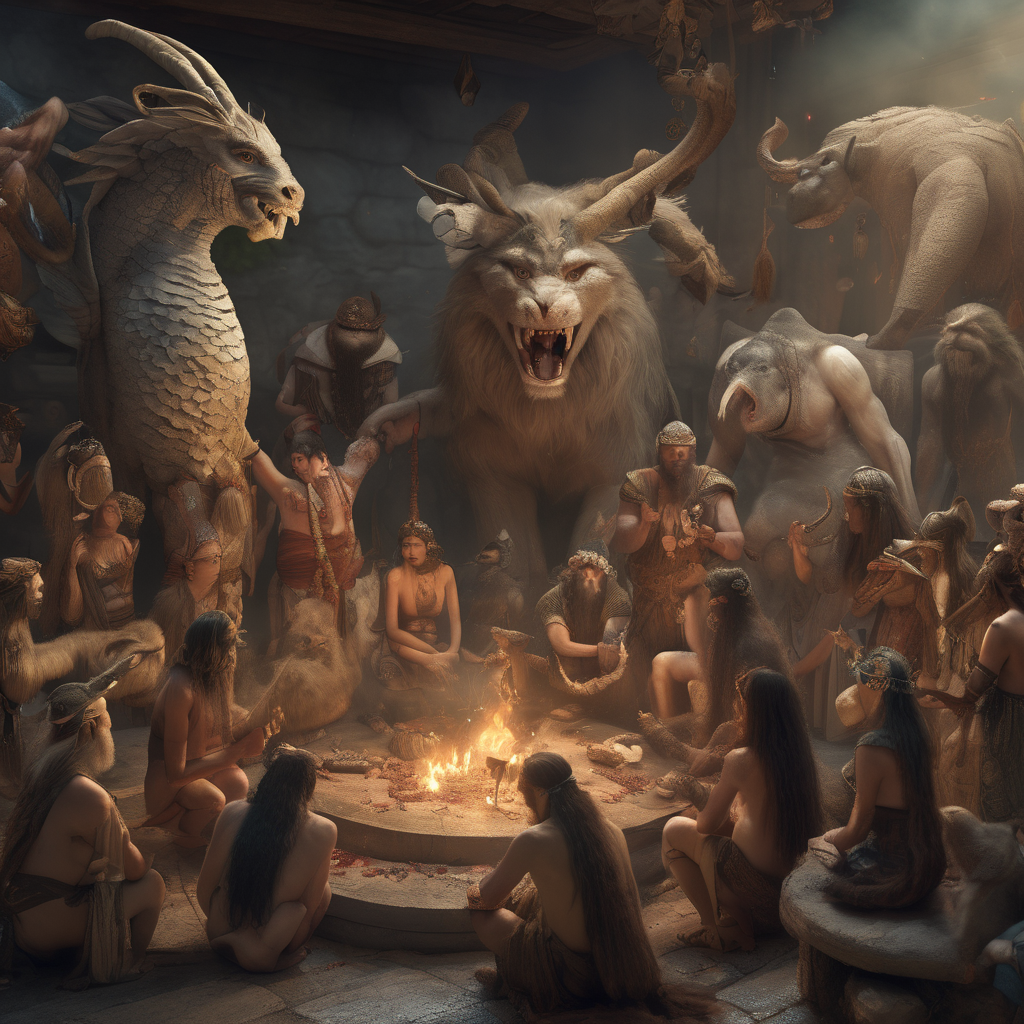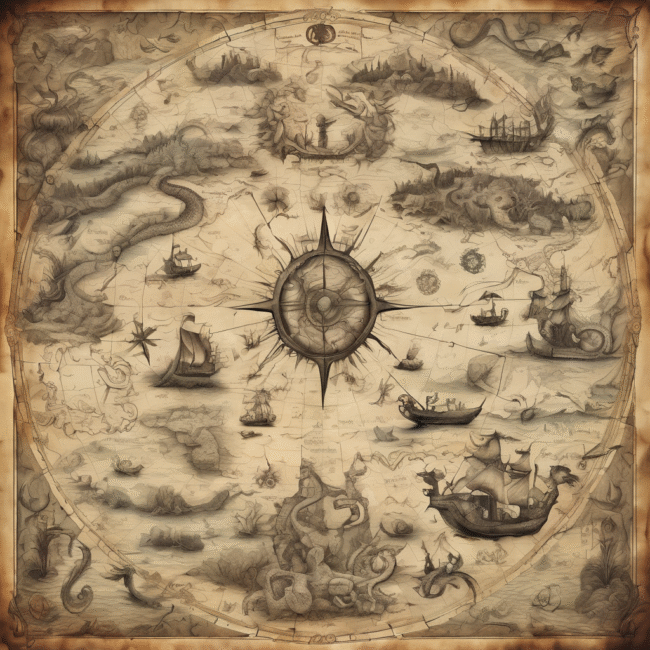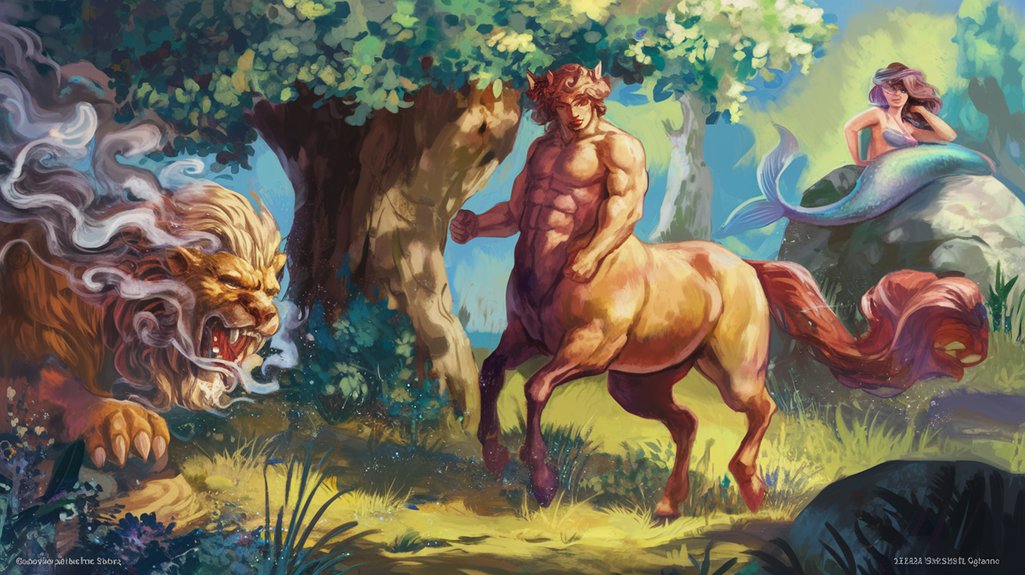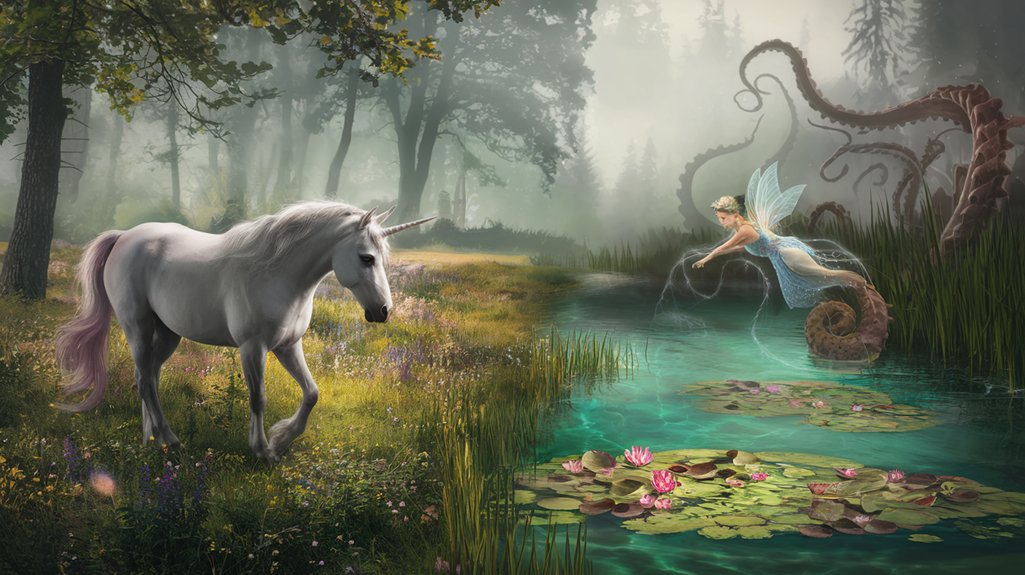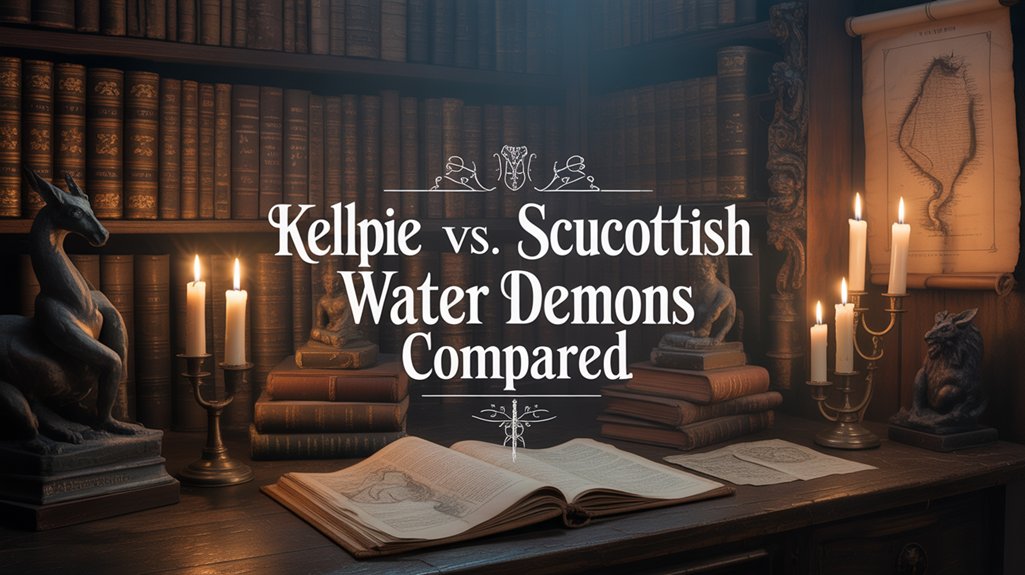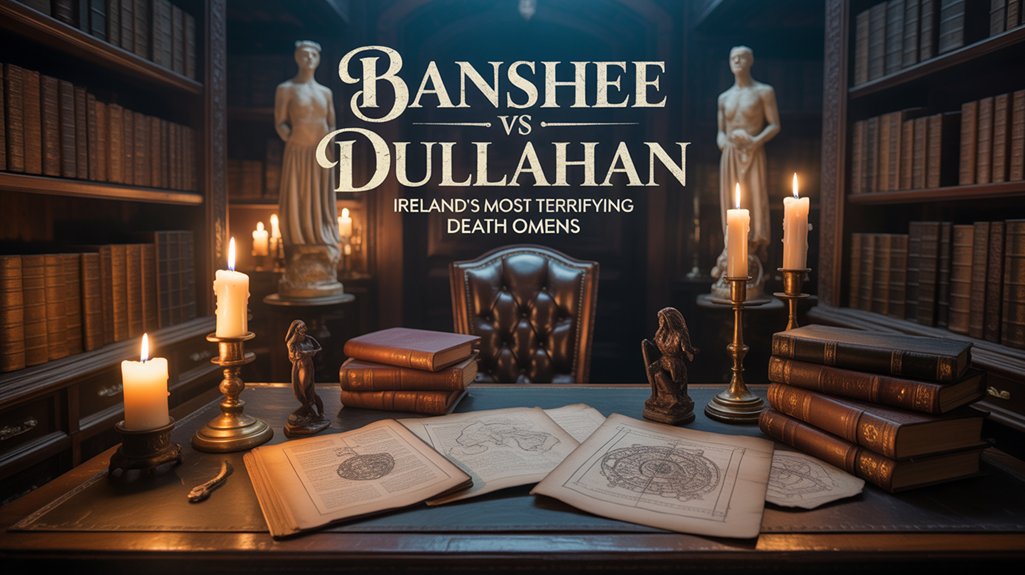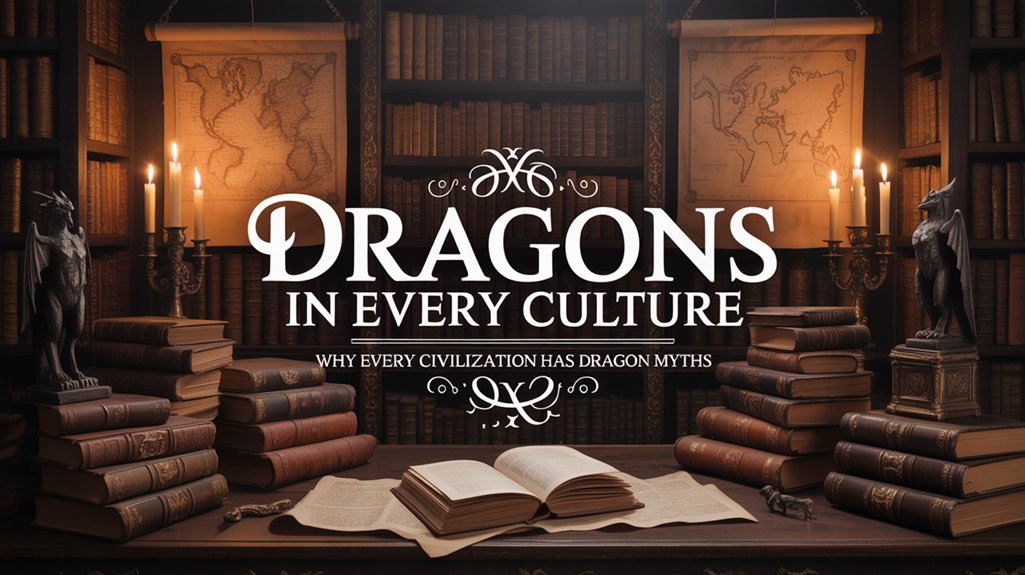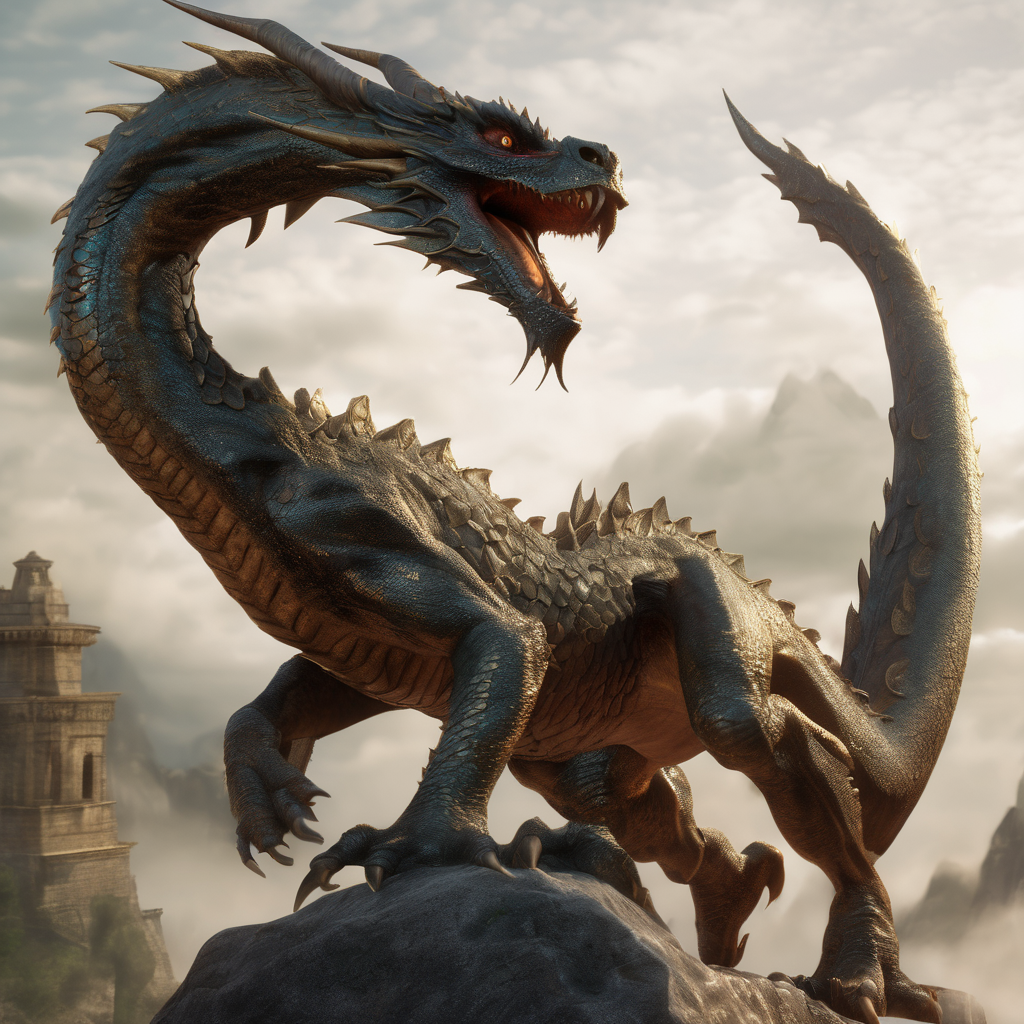
Have you ever wondered why ancient people believed in dragons, phoenixes, or other mythical creatures? These beings were more than just stories—they played a vital role in their religious rituals.
Understanding how these creatures fit into old ceremonies can change the way you see history and spirituality. You’ll discover the surprising ways mythical creatures influenced ancient beliefs and why they still matter today. Get ready to uncover secrets that might just change your perspective on the past.
Table of Contents
ToggleMythical Creatures In Ancient Beliefs
Mythical creatures have played a key role in ancient beliefs. They appeared in stories, art, and sacred rituals. These beings often represented forces of nature or spiritual powers. Ancient people used them to explain the world around them and connect with the divine.
Many cultures shared similar ideas about mythical creatures. These beings often symbolized protection, strength, or wisdom. They were part of ceremonies that aimed to bring good fortune or ward off evil.
Common Mythical Beings Across Cultures
Dragons appear in many cultures, from China to Europe. They often symbolize power and wisdom. In ancient Egypt, sphinxes guarded sacred places. Griffins, creatures with lion bodies and eagle heads, represented strength in Greek mythology. Serpents also appear worldwide, symbolizing rebirth or danger. These creatures crossed borders and influenced many religious rituals.
Symbolism And Meaning
Mythical creatures carried deep meanings in rituals. They stood for natural elements like fire, water, or earth. Some represented life and death cycles. Others embodied protection against evil forces. People believed these beings could connect the human and spirit worlds. Their presence in rituals helped people feel closer to gods and nature.
Rituals Featuring Mythical Creatures
Mythical creatures played a key role in ancient religious rituals. They symbolized powers beyond human control. These creatures appeared in stories and ceremonies. People believed they connected the earthly world with the divine. Rituals featuring mythical beings helped communities feel close to gods and spirits. Such rituals varied across cultures but shared a common goal: to honor and seek favor from higher powers.
Ceremonial Roles And Functions
Mythical creatures often acted as messengers between gods and humans. In ceremonies, they represented strength, protection, or wisdom. Masks and costumes modeled after these beings allowed priests to channel their power. Dance and music accompanied these rituals to invoke the creature’s spirit. Their presence was thought to bring blessings and drive away evil. Rituals could include offerings or prayers to these creatures for good harvest or health.
Sacred Festivals And Celebrations
Many ancient festivals featured mythical creatures as central figures. These events marked important seasons or life changes. People dressed as dragons, phoenixes, or other creatures during parades and performances. These celebrations united communities through shared beliefs and traditions. The creatures’ stories were retold, keeping cultural values alive. Festivals created a sense of hope and renewal linked to the divine world.
Mythical Creatures As Protectors
Mythical creatures often served as powerful protectors in ancient religious rituals. They stood as symbols of safety and strength. These beings were believed to guard sacred places and keep evil away. People trusted them to shield temples and holy grounds from harm. Their presence brought comfort and a sense of divine security.
Guardians Of Temples And Sacred Spaces
Many ancient cultures placed statues of mythical creatures at temple entrances. These figures marked the boundary between the sacred and the ordinary. They warned intruders to stay away. Creatures like dragons, lions, and griffins were common protectors. They symbolized power and vigilance. Their fierce looks scared off evil spirits and thieves. Temples felt safer with these guardians watching over them day and night.
Spiritual Defense Mechanisms
Mythical creatures were also seen as spiritual defenders. They fought invisible forces that threatened the community. Rituals often involved invoking these creatures for protection. Their energy was believed to block bad luck and negative spirits. People wore amulets or images of these beings to keep safe. The creatures acted as shields for both the body and soul. Their protection was a vital part of religious life.
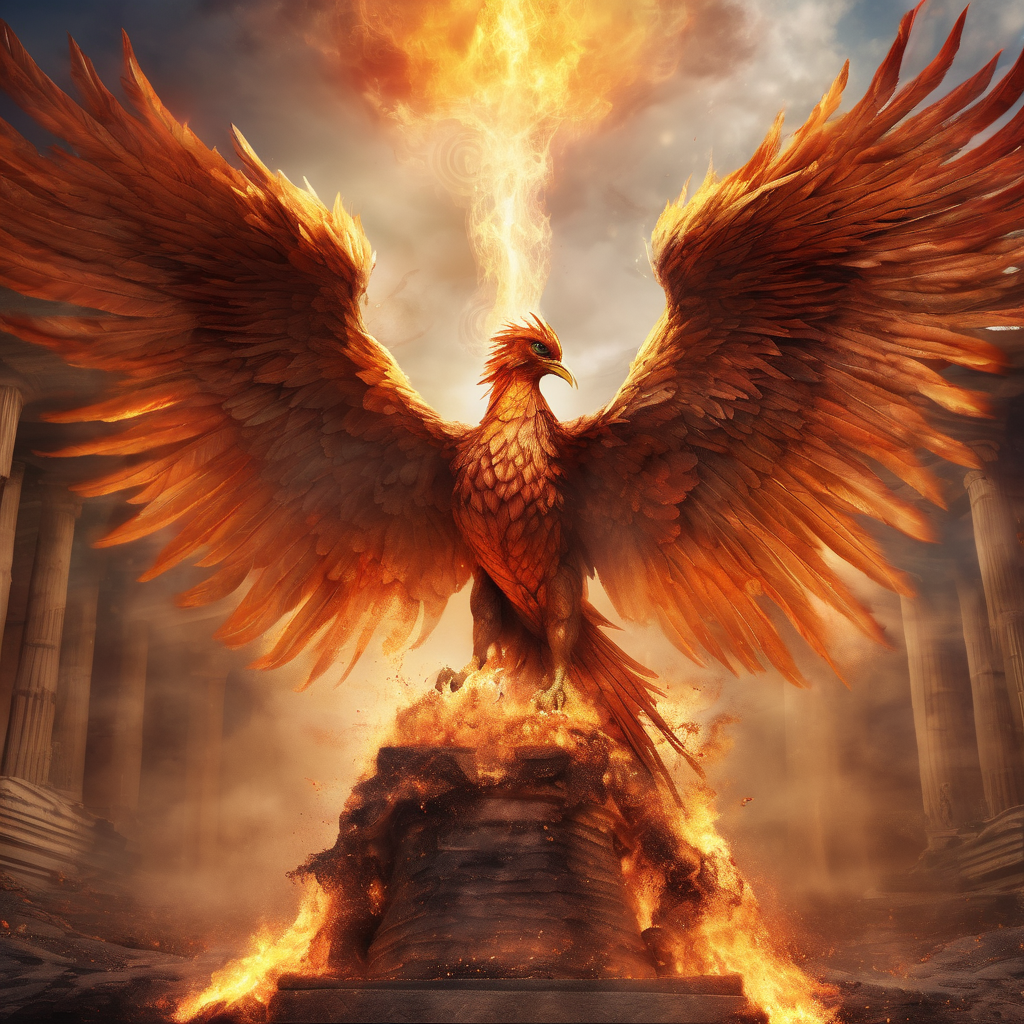
Transformation And Rebirth Themes
Transformation and rebirth are common themes in ancient religious rituals. Many cultures used mythical creatures to symbolize change and new beginnings. These creatures often represented the cycle of life, death, and renewal. They helped people understand the mysteries of existence and the afterlife.
Mythical Creatures And Afterlife Beliefs
Mythical creatures often symbolized the journey after death. Some represented the soul’s passage to another world. Others showed the idea of life after death or reincarnation. For example, the phoenix symbolizes rising from ashes, a clear sign of rebirth. Serpents and dragons also appear in many cultures as guardians of the afterlife. These creatures gave hope and meaning to life’s end and what follows.
Rituals Of Renewal
Ancient people performed rituals using mythical creatures to mark renewal. These ceremonies could be seasonal or linked to personal growth. Masks and costumes of creatures helped participants transform their identity. This act symbolized leaving the old self behind and embracing a new beginning. Fire, water, and dance were common parts of these rituals. They echoed the natural cycles of death and rebirth in the world.
Artistic Depictions In Ritual Contexts
Artistic depictions of mythical creatures played a key role in ancient religious rituals. These images helped people connect with the divine and the supernatural. Art in rituals was not just decoration. It was a way to tell stories, show power, and invite protection from gods and spirits.
Different art forms brought mythical beings to life. They made rituals more vivid and meaningful. These depictions often appeared in sculptures, masks, costumes, and paintings. Each form had a special place in sacred ceremonies.
Sculptures
Sculptures of mythical creatures stood in temples and sacred places. They symbolized divine forces and sacred stories. These statues often guarded holy sites and scared away evil spirits. The shapes and sizes varied, but their purpose stayed the same. They made the invisible gods visible and real.
Masks And Costumes
Masks and costumes brought mythical creatures to life during rituals. People wore them to become gods or spirits. These disguises helped priests and dancers act out sacred myths. Bright colors and strange shapes made the characters clear to everyone. The masks could show animals, monsters, or gods. Costumes added magic and mystery to the ceremonies.
Mythical Imagery In Religious Art
Mythical creatures appeared in paintings and carvings on walls and objects. These images told stories of gods, heroes, and the creation of the world. The art showed battles, blessings, and divine signs. It helped worshippers understand and remember their beliefs. The symbols in the art carried deep spiritual meanings.
Influence On Modern Spiritual Practices
Mythical creatures once played a key role in ancient religious rituals. Their influence still shapes modern spiritual practices today. Many traditions use symbols and stories of these creatures to connect with the divine. These beings often represent qualities like protection, wisdom, and transformation. They help people express beliefs and find meaning in life.
Modern spiritual groups often honor mythical creatures in ceremonies. These creatures act as guides or protectors during rituals. Their presence adds mystery and power to spiritual experiences. Many people feel a deep connection to these ancient symbols. This connection brings comfort and a sense of belonging.
Legacy In Contemporary Rituals
Mythical creatures appear in many current spiritual rituals worldwide. Dragons, phoenixes, and unicorns symbolize rebirth and strength. Shamans and healers invoke animal spirits for guidance and healing. These creatures also appear in meditation and visualization practices. They inspire personal growth and transformation. Their legacy lives on in new, meaningful ways.
Mythical Creatures In Popular Culture
Mythical creatures feature heavily in books, movies, and art. This keeps their stories alive and spreads their symbolism. People often use these creatures as spiritual symbols. They find comfort in the familiar and magical elements. Popular culture helps ancient myths reach new audiences. It shapes how modern people view spirituality and ritual.
Frequently Asked Questions
What Role Did Mythical Creatures Play In Ancient Rituals?
Mythical creatures symbolized divine powers and natural forces. They connected humans to gods and the spiritual world during rituals. These beings often embodied protection, fertility, or transformation themes in ceremonies.
How Did Ancient Religions Depict Mythical Creatures?
Ancient religions portrayed mythical creatures in art, texts, and performances. They appeared as statues, paintings, or stories to convey religious beliefs. Such depictions reinforced the creatures’ sacred roles and inspired worship.
Why Were Mythical Creatures Important In Religious Symbolism?
Mythical creatures represented complex ideas like creation, life, and death. Their symbolic presence helped explain the unknown and made rituals meaningful. They served as metaphors for spiritual lessons and moral values.
Which Cultures Used Mythical Creatures In Rituals?
Many cultures, including Egyptians, Greeks, and Mesopotamians, used mythical creatures. Each culture had unique creatures linked to specific gods and rituals. These beings played key roles in religious ceremonies worldwide.
Conclusion
Mythical creatures shaped ancient religious rituals deeply. They symbolized power, protection, and spiritual connection. People believed these beings linked the human world to the divine. Rituals brought communities together, creating shared meaning and hope. Stories of these creatures passed down through generations, keeping traditions alive.
Understanding their role helps us appreciate old cultures better. These creatures remain a fascinating part of history and belief. Their presence still inspires art, stories, and ceremonies today.
